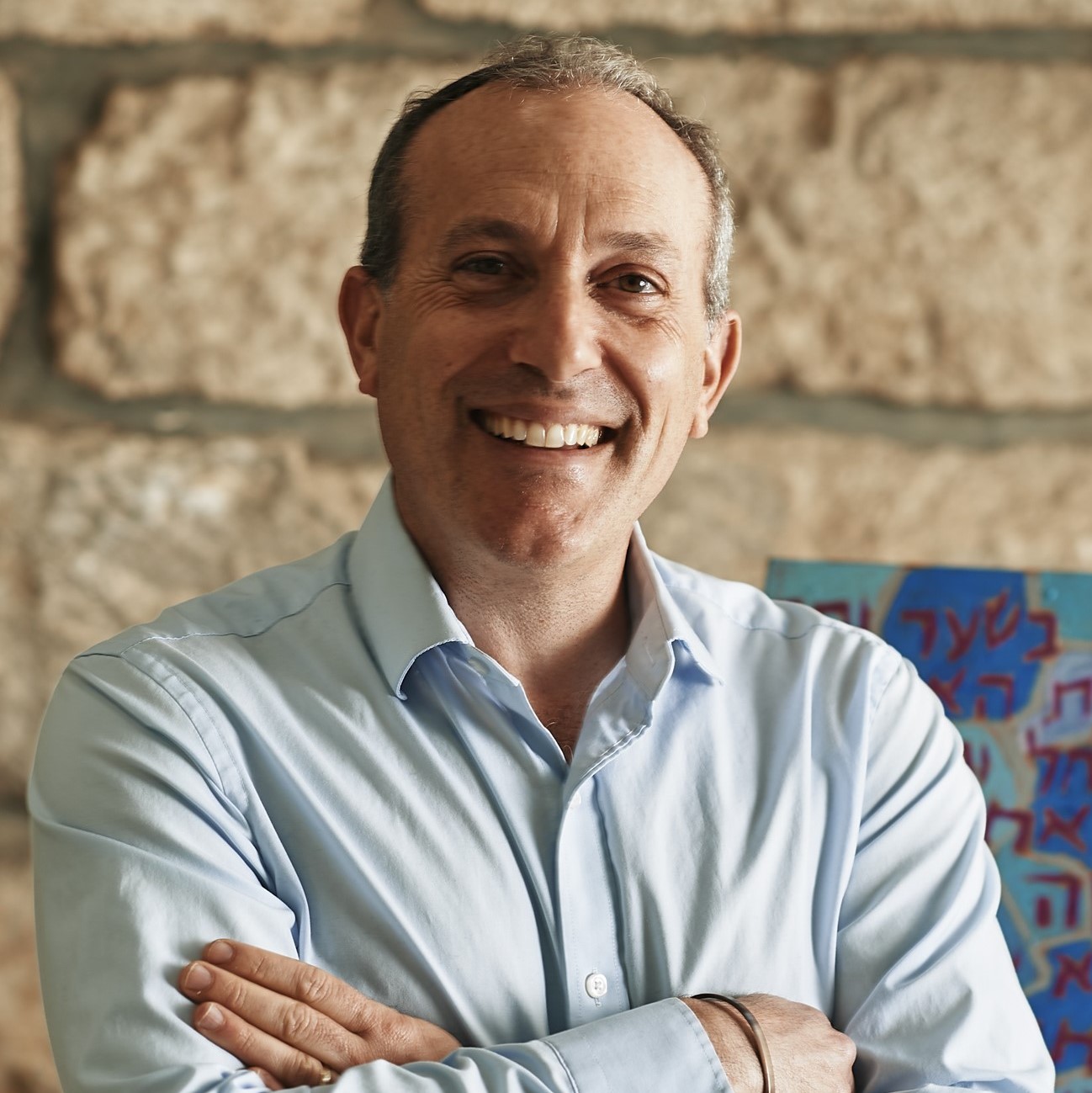The Botanical Menorah

A central image of this week’s parashah is the seven-branched menorah, which was lit in the Israelites’ journey in the desert and later in the Temple. This ancient symbol turns our thoughts to Shabbat, and also toward the land of Israel.
“The Lord spoke to Moses, saying, ‘Speak to Aaron and say to him: when you kindle the lamps, the seven lamps shall cast light toward the center of the menorah,’ ” (Numbers 8:1-2).
A metaphoric explanation correlates the central light with Shabbat and the six branches with the six days of creation. According to this view, Shabbat should always be at the center of our thoughts. For the three days after Shabbat, we are sustained by the holiness of the past Shabbat, and for the next three days, we receive strength from the holiness of the Shabbat to-come (Hasidic interpretation). Whereas Hillel the Elder celebrated God’s bounty each day, Shammai the Elder (first century BCE) used to set aside the best food and clothing for Shabbat (Betzah 16a). Although the law follows Hillel, we can incorporate the spirit of Shammai’s intention by reading next week’s parashah inviting Shabbat guests and planning the menu as soon as the week begins.
The menorah also focuses our thoughts on the land of Israel.
The description of the menorah is unusually botanical: There were six branches stemming from its sides, each with three almond shaped calyxes with knob and flower. On the main central stem, were four almond shaped calyxes, its knobs and flowers, all made of a single piece of beaten gold (Exodus 25: 31-38 and 37: 17-24).
Dr. Ephraim and Hannah Hareuveni, pioneers in the scientific study of nature in biblical sources, found a native plant which resembles the description of the menorah. Their son, Nogah Hareuveni, founder of Neot Kedumim, Israel’s Biblical Gardens, and the first station on this summer’s JTS Israel mission, writes that Moriah (Salvia Palestina), when pressed on one plane mirrors the menorah with three stems emerging form each side of a central stem. The Salvia also has knobs (gallnuts) which grow right from the stem, precisely like the knobs (kaftorim) of the menorah. Thus, the instructions to build the golden menorah were not created from imagination, but based on a real plant that grows in the Land of Israel.
The menorah was stamped on the coins of the ancient Israeli state and is a powerful symbol of the state’s modern revival. However, the botanical association of the very first menorah with the land is little-known and provides an even older grounding of the symbol.
May we read the parashah on many levels: literal, metaphoric, historic, botanical, and symbolic, and may we turn our thoughts constantly to Shabbat and to the Land of Israel.
The publication and distribution of “A Taste of Torah” commentary have been made possible by a generous gift from Sam and Marilee Susi.



